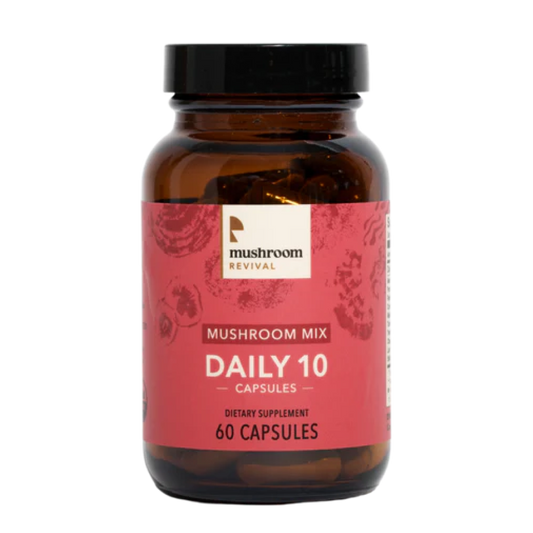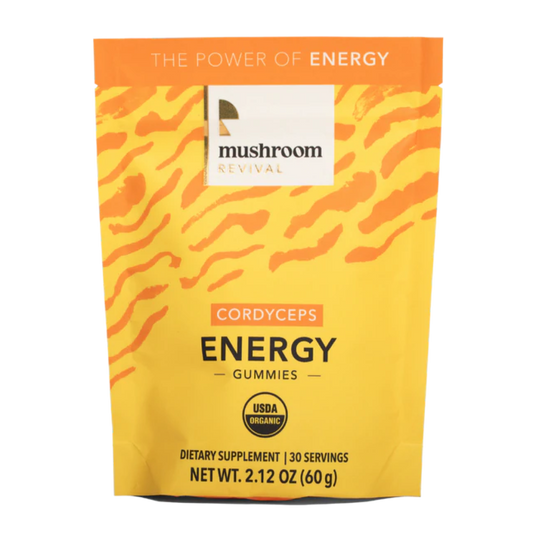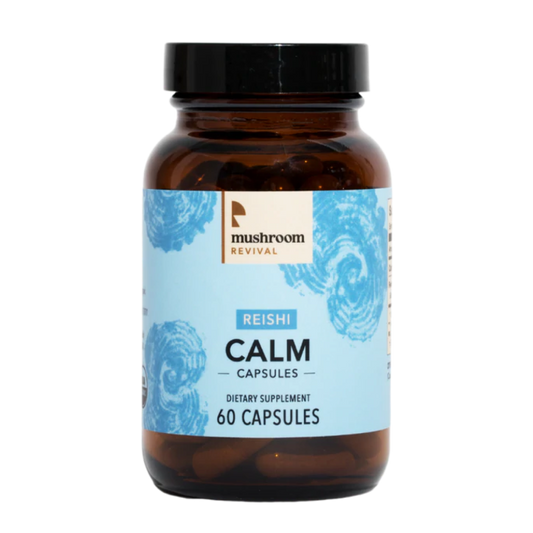Benefits of Chaga Mushroom Tincture: The Power of Extracted Chaga Conk

The Unique Properties of Conks and Benefits of Chaga Mushroom Tincture

Chaga is truly a unique organism. This fungi grows inconspicuously as a conk in very unlikely places — namely, it can thrive in -40° degrees Fahrenheit (or Celsius, since -40° is where they meet), all the way up in Siberia and Lapland. Its ability to withstand extreme conditions is a reflection of its strength, and its powerful offering for the human body — particularly when taken as a tincture. Keep reading to learn about the benefits of chaga mushroom tincture, and for a delicious recipe for chaga chai!
The Benefits of Chaga Mushroom Tincture: An Ancient Support in a Bottle
Chaga’s physiology is tough, with an abrasive, dark outer layer that looks charred and crackled, and is reminiscent of petrified wood or bark. Its color is due to its high levels of melanin, which works wonders as a skin protector — both for itself and for those who consume it. A non-mycophile would easily mistake chaga for an unremarkable hunk of woody material. They may not even notice the conk out in the wild, since its surface is often uniform with its host tree, and looks like a swollen growth. Chaga is one of the least mushroom-like of all mushrooms.

Like most tinder conks, chaga can be used as a fire-starter. Chaga and its kin have a reputation of being the survivalists’ multi-tool fungus. There are testimonials of folks using conks to carry embers far and wide. Ötzi, the wet mummy, lived nearly 5,300 years ago and was unearthed in 1991, carrying amadou and birch polypore conk mushrooms. Hollowed out, these conks make a wonderful vessel for carrying embers thanks to their super slow and continuous burning properties.
Chaga, or tschaga in Russian, is regarded by the Moscow Medical Institute as an effective immune support. It has a deep-rooted history in Slavic regions.
The benefits of chaga are most accessible when consumed as tea or tincture. Keep reading to learn how to enjoy the benefits of chaga mushroom tincture and tea, and our own favorite recipe.
Chaga Mushroom from Tree to Tea
To harvest chaga in the wild, one needs a hatchet or saw. Chaga is so tough that it can break conventional coffee grinders, so be mindful in your at-home processing. If you do not have access to an industrial grinder, you can put chaga chunks in a plastic bag wrapped in a towel or burlap sack, and break them up with a hammer. With your chaga chunks you can make a super healthy tea.

Access the Benefits of Chaga Featured in Mushroom Revival’s Potent Extracts

You may have heard the trend “chaga chai” circling through health-conscious communities. At Mushroom Revival, we offer ready-to-use, potent tinctures. Our tinctures are made with love from organically grown mushrooms, and every product sold plants one tree. Our mushroom tinctures can be taken on their own or mixed into a drink, and it works beautifully in homemade tonics. One of my personal favorite ways to access the benefits of chaga mushroom tincture is to use it in this mushroom chai recipe...
Mushroom Chai Recipe: Reap the Benefits of Chaga and More with our Mushroom Tincture
Ingredients
- 1.5 cups nondairy milk
- 1 Tablespoon loose leaf chai, or one teabag of your favorite chai blend
- 3 dropper-fulls Mush 10 tincture
- Honey or maple syrup (optional)
- Pinch of salt (optional)
Steps
- Add milk to a small pot.
- Add chai — loose-leaf or bagged — and bring to a simmer.
- Stir in 2 dropper-fulls of Mush 10 tincture. Optionally, add sweetener and salt to taste.
- Allow the tea to brew for 3-4 minutes on low heat, covered.
- For a latte-like texture, use a frother, steamer, or immersion blender. Another option is to carefully pour the liquid into a carafe blender and blend on the lowest setting for approximately 30 seconds.
- Pour into a mason jar or mug and enjoy!
Defend yourself with chaga’s unparalleled, supportive compounds and tough, resilient energy with one of our tinctures.
Did you know that for every item Mushroom Revival sells, a tree is planted?
Learn more about our One Tree Program here.



























